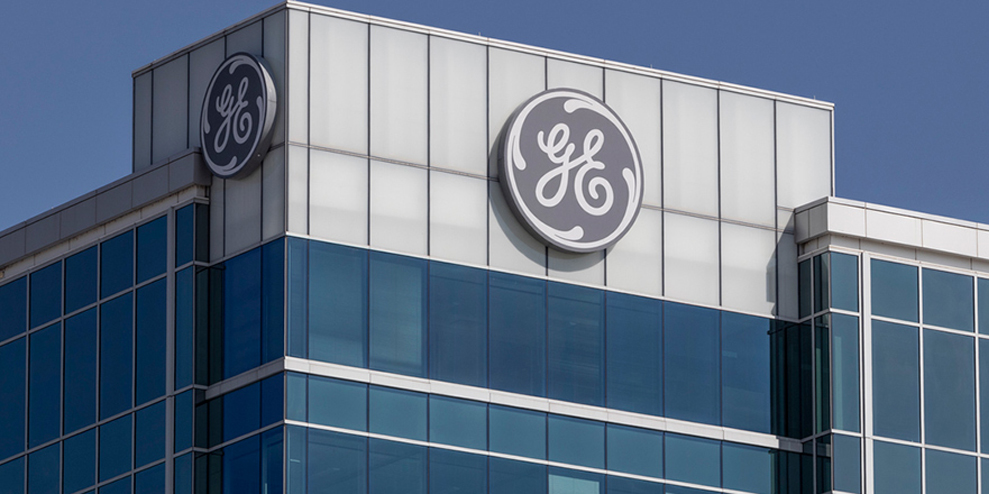Breaking up isn’t hard to do in a bullish market.
General Electric’s announcement last week that it will split into three separate companies was quickly followed by similar news from Johnson & Johnson, which detailed plans to separate its consumer products business from its pharmaceutical and medical device operations.
The twin announcements immediately boosted stock prices for each firm, a sign that divestiture is a rational strategy for conglomerates once thought of as too big to fail. In the 1990s, GE was the most valuable company in the world, making everything from lightbulbs to jet engines and creating a massive finance unit that never recovered from the Great Recession.
“The word is finally starting to get out that divestitures are very value-creating for companies that undertake them. In fact, the longer that companies wait to divest their businesses [and]the more they hold on, oftentimes the more value destruction happens,” Wharton management professor Emilie Feldman told the Wharton Business Daily show on SiriusXM. (Listen to the podcast above.) “My view is that companies need to use divestiture much more proactively as a strategic tool in reshaping their corporate portfolios.”
When conglomerates break apart into focused companies, those offspring tend to post higher returns and have better operational performance because they devote all their attention and resources to a single core competence. Feldman said divestitures reached a “high-water mark” in 2015 and 2016, and they have continued during the pandemic. She expects the current frothy market will spur more companies to look at divestiture as a viable option.
“The word is finally starting to get out that divestitures are very value-creating for companies that undertake them.”–Emilie Feldman
“We’re really in an unprecedented period right now, both from a divestiture and an acquisition perspective,” Feldman said. “We’re seeing acquisition activity right now at all-time highs. Companies are finding they have the ability to just get rid of businesses and have other companies very willing to buy them, with all of the capital that’s floating around and really low interest rates.”
‘Push to Focus’
Feldman explained why conglomerates form in the first place — and why they break up. The biggest reason for spawning multiple business lines is diversification to balance the portfolio; the profits from one business can offset losses from another. It also makes sense for conglomerates to grow when they make separate but related products, like Johnson & Johnson’s line of personal care products and pharmaceuticals.
There’s also the matter of size.
“Executives like running bigger companies — no surprise there,” Feldman said. “So that can be one of the less seemly motivations for these types of corporate structures as well.”
Feldman said it’s important to note that GE’s announcement marks the culmination of a series of divestitures the company has undertaken over the years to dismantle its conglomerate structure. The finance arm was sold off, along with its legacy lightbulb business, oil and gas services, and aircraft leasing.
She said there are several ways companies can divest businesses, including selling them, spinning them off to create publicly traded companies out of the conglomerate pieces, and entering into more complicated structures such as joint ventures. GE is taking the spinoff route in the current transaction, creating three new firms that will focus on energy, health care, and aviation.
“This is a very standard, traditional push to focus. We have seen a lot of these types of transactions in the past, and I would argue we are going to see them in the future as well,” Feldman said.
“We’re really in an unprecedented period right now, both from a divestiture and an acquisition perspective.”–Emilie Feldman
The ‘Circle of Life’
Feldman, who is currently writing a book about divestitures, said it would not be unusual for the divested businesses to get re-acquired by other companies at some later point in time — part of what she calls “the circle of life” in business.
“Companies articulate this logic that there is value to be had by combining these different businesses in the same organization because it makes their transactions simpler, more straightforward, easier to execute,” Feldman said. “Eventually, some of that logic deteriorates, so they separate. Then at some later point in the future, there might actually be a resurgence of the logic,” spurring new acquisitions.
“Even though it’s the right [managerial]decision to remain focused, perhaps there are opportunities that present themselves that change the calculus away from the right answer,” Feldman said. “This is why we end up seeing this circle of life mentality, where we have big waves of divestitures and big waves of acquisitions, undoing and redoing these conglomerations of businesses over time.”
…
This article first appeared in knowledge.wharton.upenn.edu
Seeking to build and grow your brand using the force of consumer insight, strategic foresight, creative disruption and technology prowess? Talk to us at +971 50 6254340 or mail: engage@groupisd.com or visit www.groupisd.com/story




